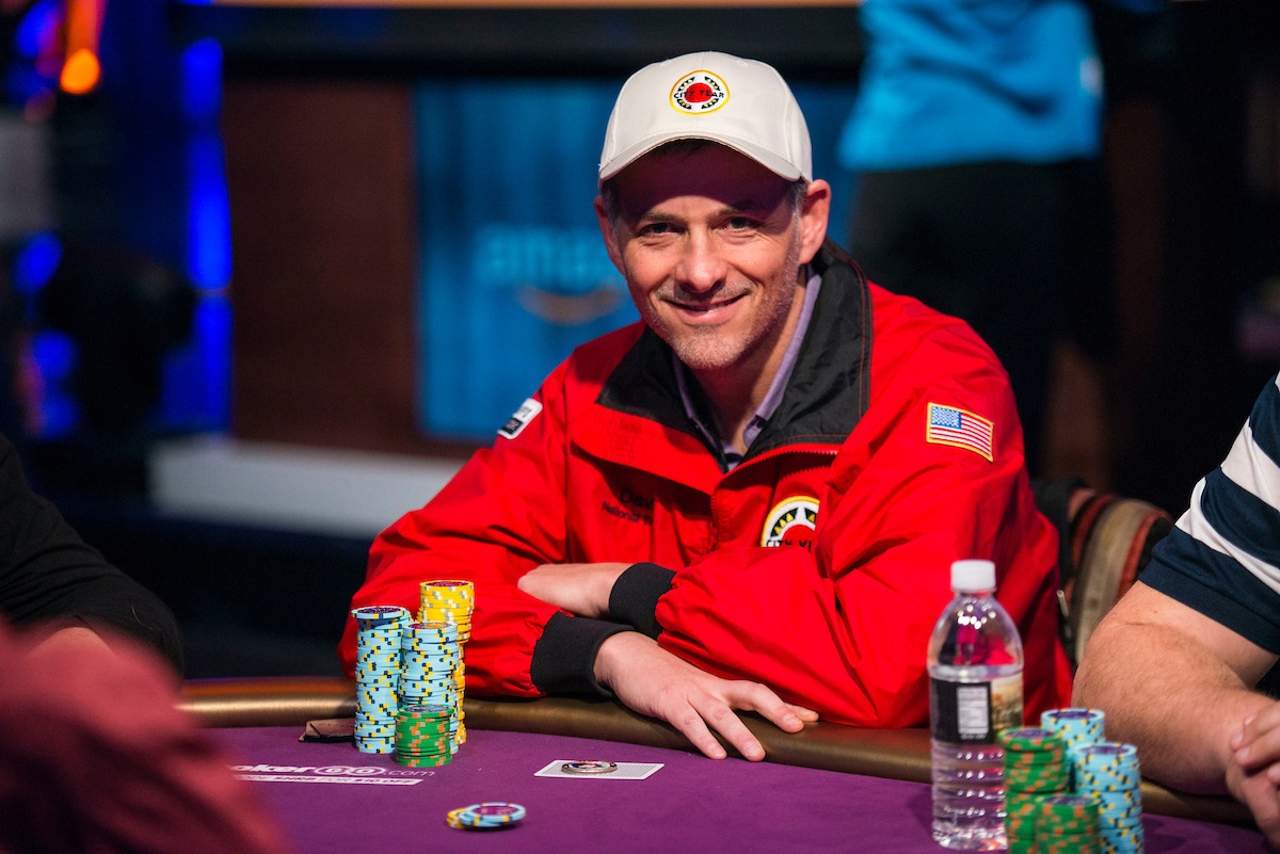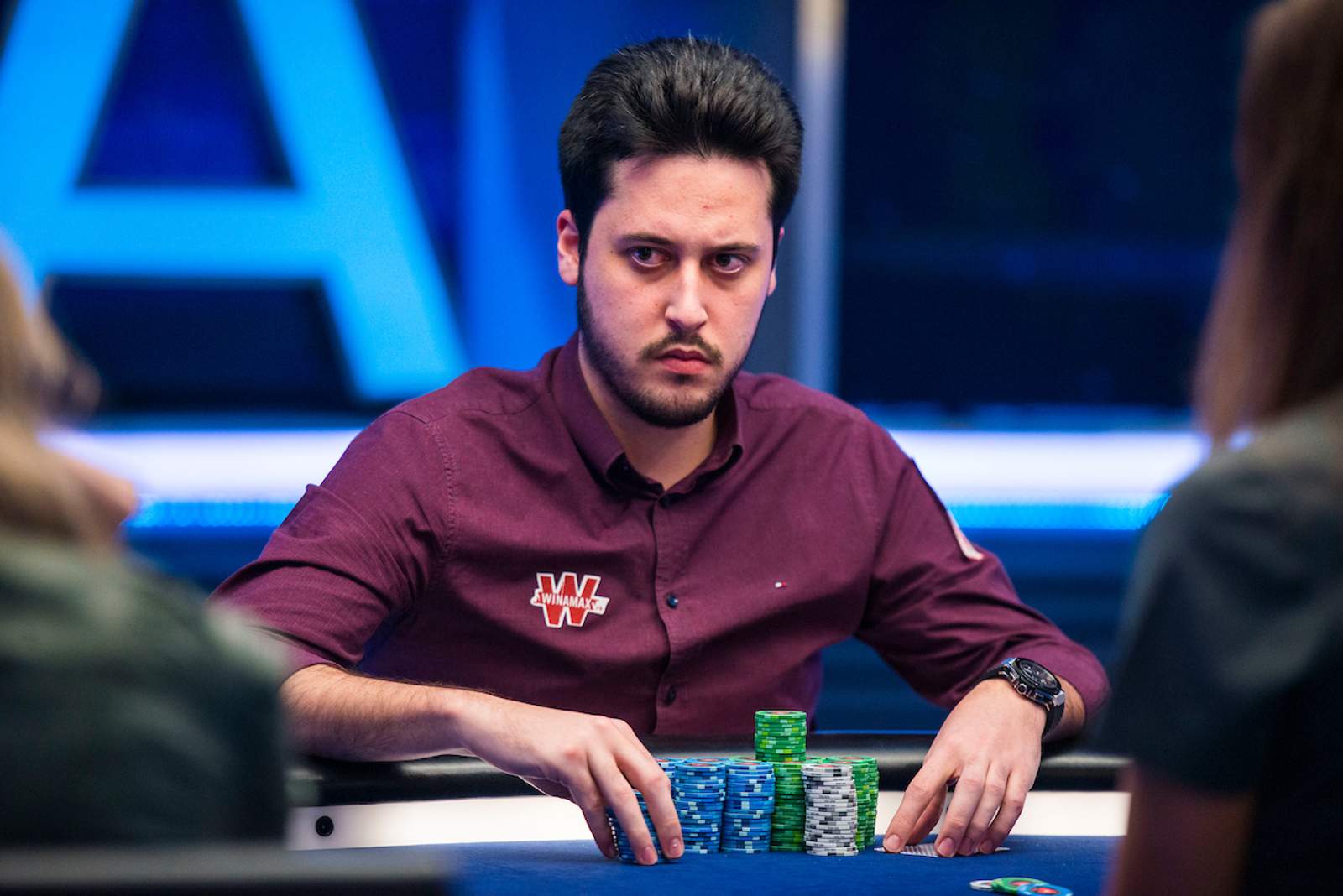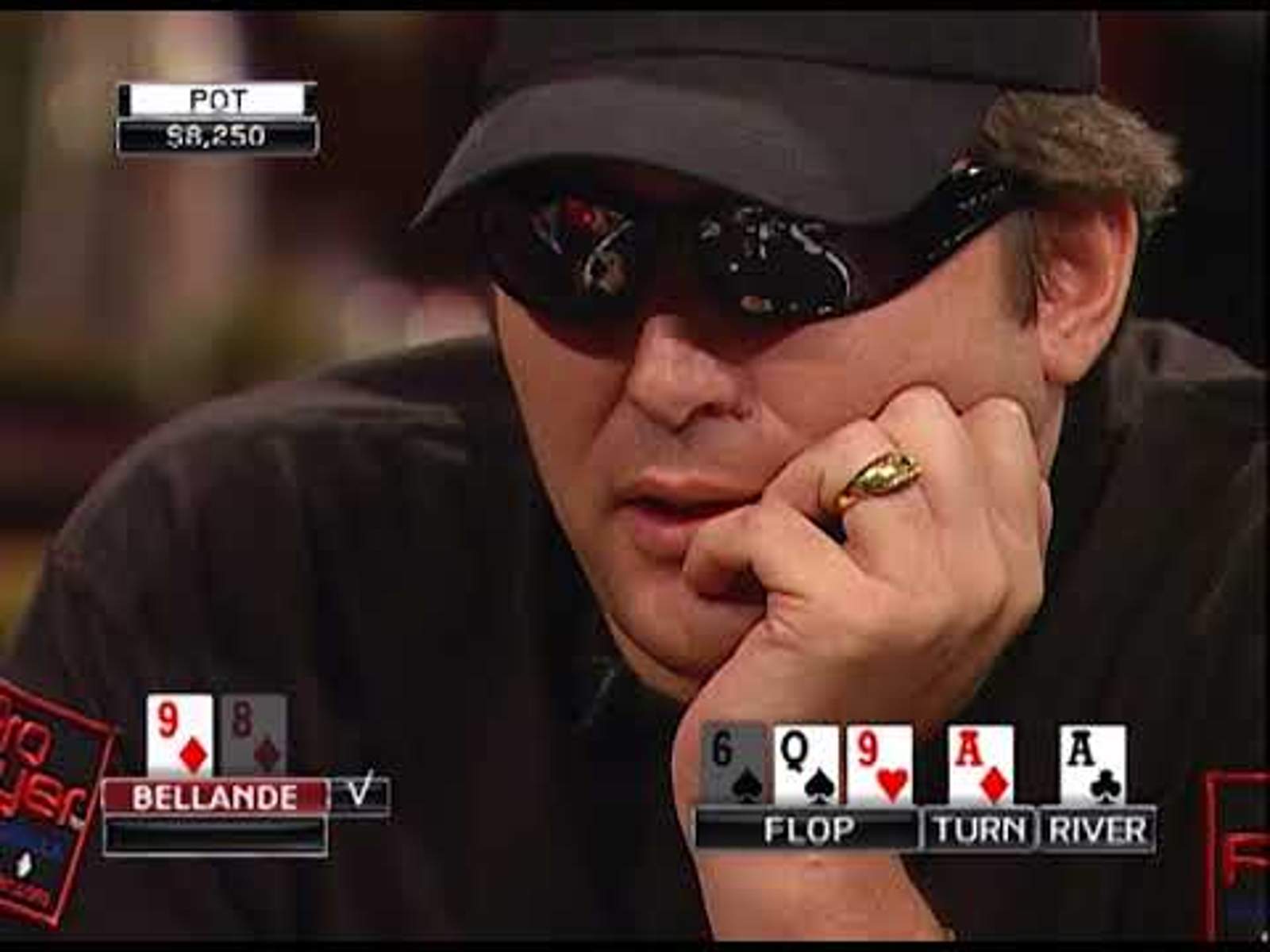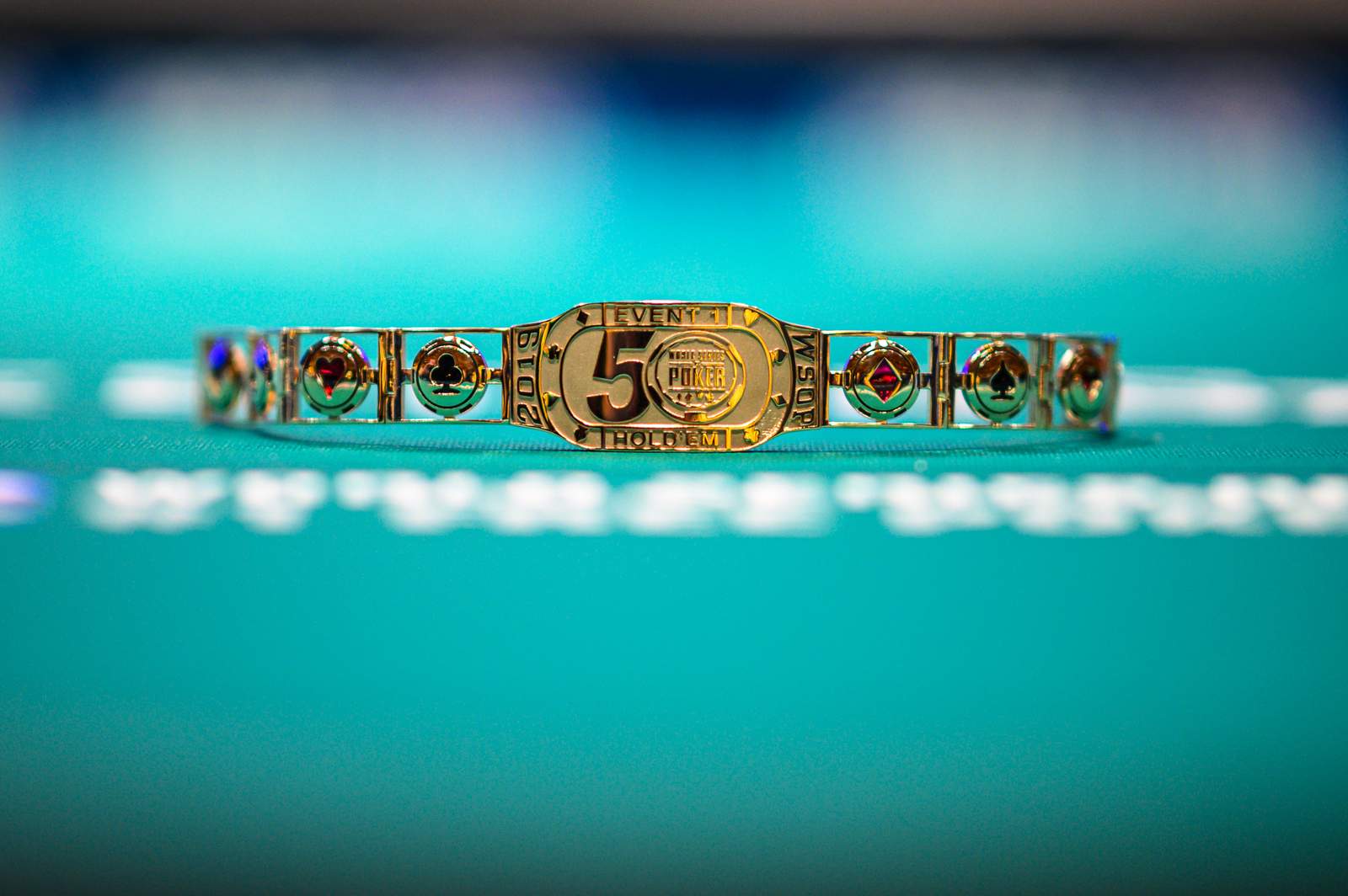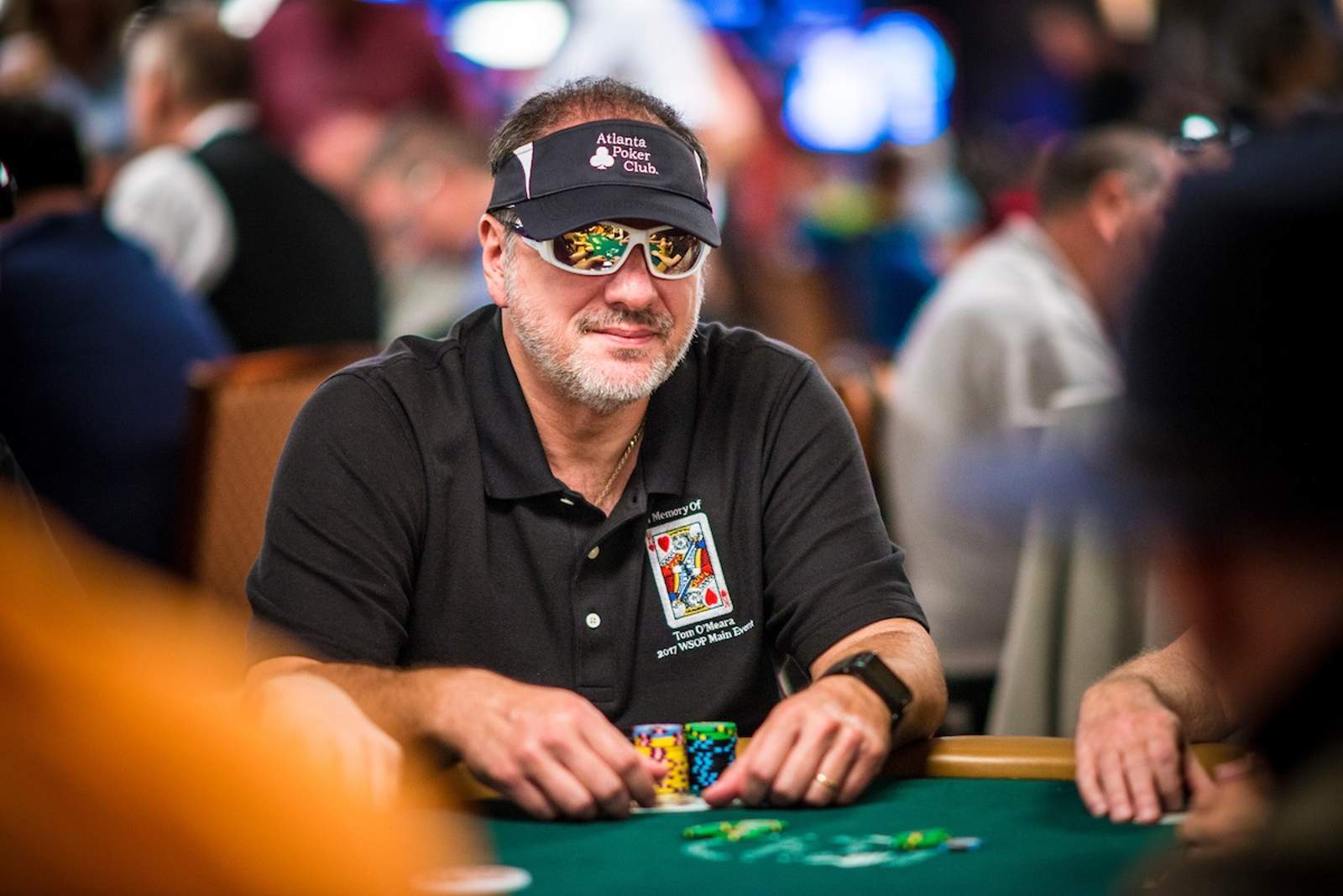
Related Articles
Adrian Mateos, 2018 U.S. Poker Open Champion?
GGPoker Announces WSOP Online Series Schedule
David Einhorn is no stranger to the High Roller circuit as he’s cashed for over $5 million in only a handful of results. But there’s one large difference between him and the fields he plays against – he doesn’t keep a dime. Einhorn donates 100% of his winnings to charity and for the 2017 Super High Roller Bowl he’s wearing a familiar red City Year jacket.
Keen observers recognize the jacket from the inaugural 2012 $1,000,000 Big One for One Drop where he finished in third place for $4.35 million – all of which went to City Year. “I’ve been involved with City Year for a good number of years – between five and ten – I’m not sure exactly,” Einhorn said. “I’m on the board and my charitable trust is a huge supporter of them over many years. I played for them in the first $1 million One Drop a few years ago – it’s a charity I care a lot about.”
“City Year is remarkable, it’s part of AmeriCorps – what that means is that they gather young people that want to give a year of service,” said Einhorn. “They earn a very small amount of money and they volunteer to work in teams at middle schools in need. They wear red jackets like I have on now.”
The volunteers are expected to help in all aspects of the school culture. They’re in the classrooms, serve as tutors and assist in after-school programs. “They do everything,” he added. “They literally line up on the steps to cheer kids coming into school every morning.”
The program currently holds 3,122 volunteers placed in 313 middle schools across 28 cities. Einhorn estimates the program has served over 20,000 students in-need.
“This is a type of resource that can be placed into a large number of the most challenging middle schools of the country to bring up student productivity, attendance, moral and learning,” said Einhorn. “The results are tremendous. It’s a great experience for the schools, their students and for the young adults that volunteer.”
Einhorn said that the selection process for volunteers is highly competitive. “We get many more applications than we have spots for. We look for kids that are either in their senior year of high school or up to a couple years after college.”
The program helps volunteers transition into the “real world” that might not have a clear path at 18 years-old. “Volunteers get early job experience,” Einhorn said. “They get to make a serious contribution in areas of great need. The provide a social value for the experience of the children that go to the schools. They learn a lot of skills that come with needing to perform their daily tasks.”
Related Articles
Adrian Mateos, 2018 U.S. Poker Open Champion?
GGPoker Announces WSOP Online Series Schedule
Maybe You Are Just Supposed to Look...



